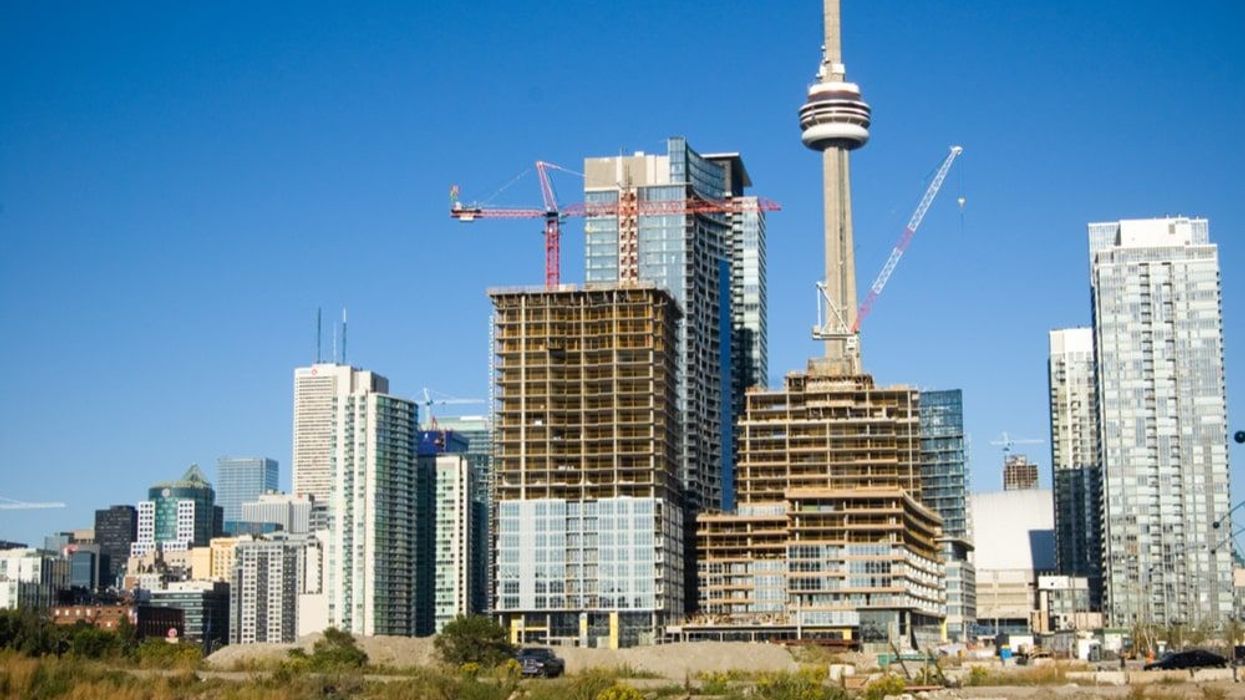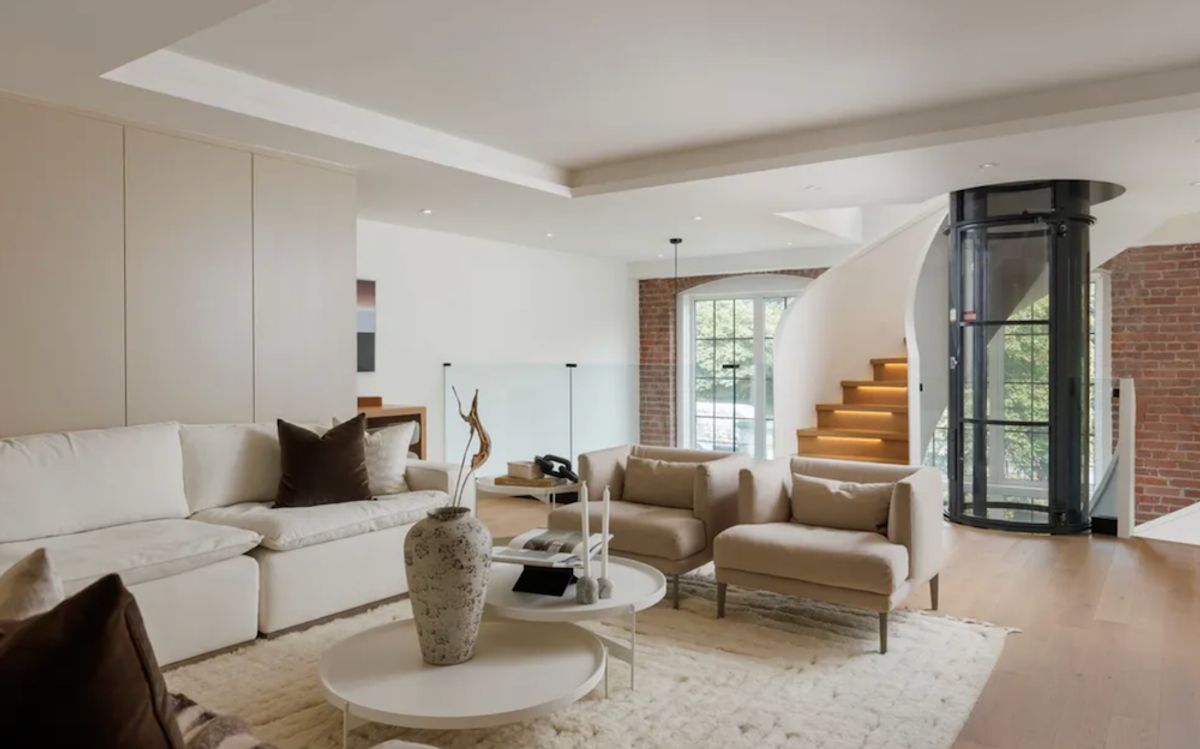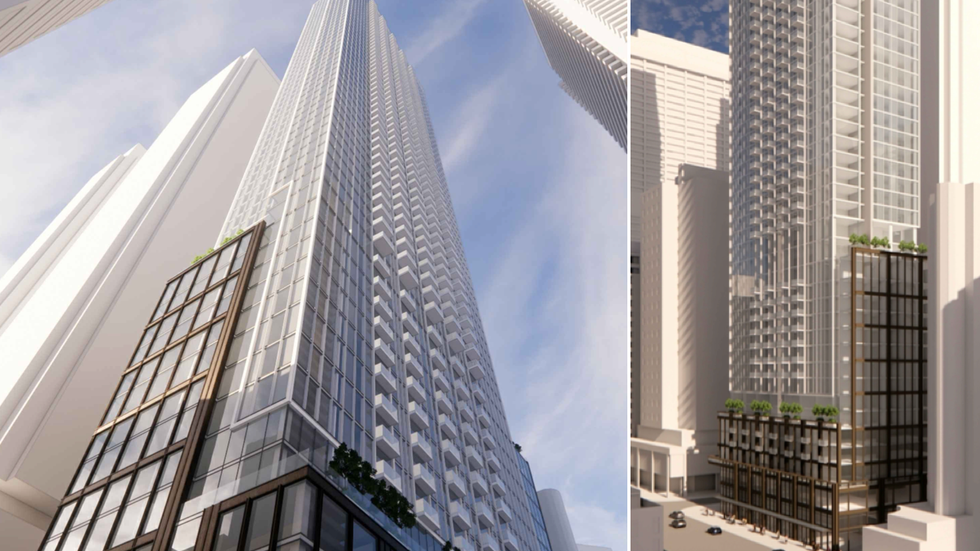In the City of Toronto’s recently released 2023 Development Pipeline — a five-year report of the City’s commercial and residential growth — a striking new figure was released: Toronto has 258,397 residential units labelled “active projects” representing “90% of units required to achieve the Municipal Housing Target by 2031.”
Given that the More Homes Built Faster Act (MHBFA) bestowed Toronto with a goal of 285,000 housing starts by 2031, it sounds like we’re ahead of schedule, right?
Well, yes, but also no.
To get a better idea of what these numbers actually mean STOREYS spoke to economist and Assistant Professor at Ivey Business School, Mike Moffat.
To start, it’s important to note that the 258,397 figure encompasses all “active projects,” which is defined in the report as “[projects] which have been approved, for which Building Permits have been applied or have been issued, and/or those which are under construction.” What the referenced MHBFA monitors is housing starts, not issued permits or approved plans, which can sometimes take years to break ground, if ever.
“Some of those projects may have been started by now, and some of them may not start by 2031,” says Moffat. “So it’s a bit of an apples to oranges comparison when the report is talking about “active projects,” and the Act is talking about starts.”
Additionally, of these 258,397 active projects, only 28% are currently under construction, with the majority (56%) having yet to receive a building permit. “These are projects that could have all kinds of additional steps before they even get a building permit, and many of them may not even get to that stage,” says Moffat.
Another detail to keep in mind is that the 2023 Development Pipeline includes active projects from 2019–2023, i.e., from a period that predates the MHBFA’s enactment in November 2022. Still, it does bode well that there are 258,397 units in the pipeline to begin with.
But in the face of immigration and a rising population, will the housing targets set by the MHBFA even suffice? According to an analysis carried out by the Smart Prosperity Institute, of which Moffat is the Senior Director, the provincial goal of 1.5M homes likely won’t be enough. “That target is too low,” say Moffat. “Looking at recent population growth, it suggests the number should be closer to about 1.7M.”
Interestingly, however, the reverse may be true when it comes to Toronto. “We looked at regional numbers as well, and our estimate for how many homes Toronto has to build by 2031 was 282,000,” says Moffat. He explained that this was because too much of the onus was placed on the City, when in reality, it makes more sense for municipalities in the GTA to shoulder a larger portion of growth than the MHBFA has assigned to them. “At the same time, if you build more in Toronto, then you may not have to build as much in cities like Brampton or Oshawa,” Moffat adds.
Either way, Moffat’s calculations only decrease the target by 3,000 — a twinkle in the eye of the set goal of 285,000 housing starts by 2031. The City still has years of growth to nurture, especially considering how high interest rates have slowed new development growth in 2024.
258,397 active projects is a substantial number, but framing it as 90% of Toronto’s housing target is misleading. “I think some of the definitions in the report are problematic in terms of what an 'active project' is,” says Moffat. "It’s kind of like saying you've got the job when all you've done is submit a resume."
But that's not to say the results of the 2023 Development Pipeline aren't encouraging. “I do think the city is doing better than most in Ontario when it comes to meeting housing demand,” Moffat added.





















